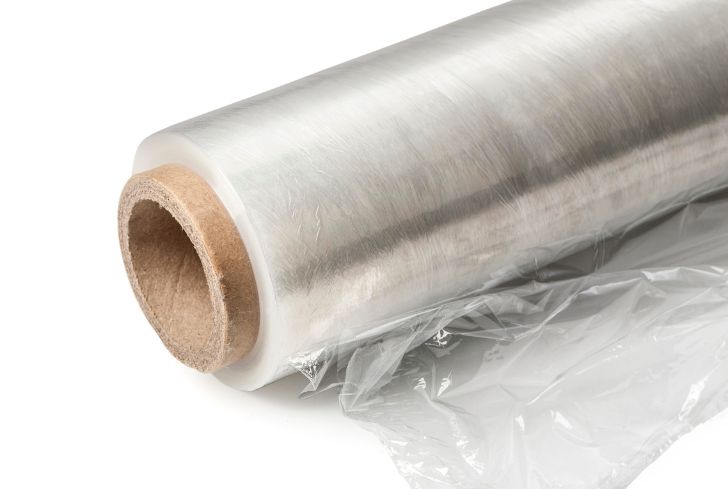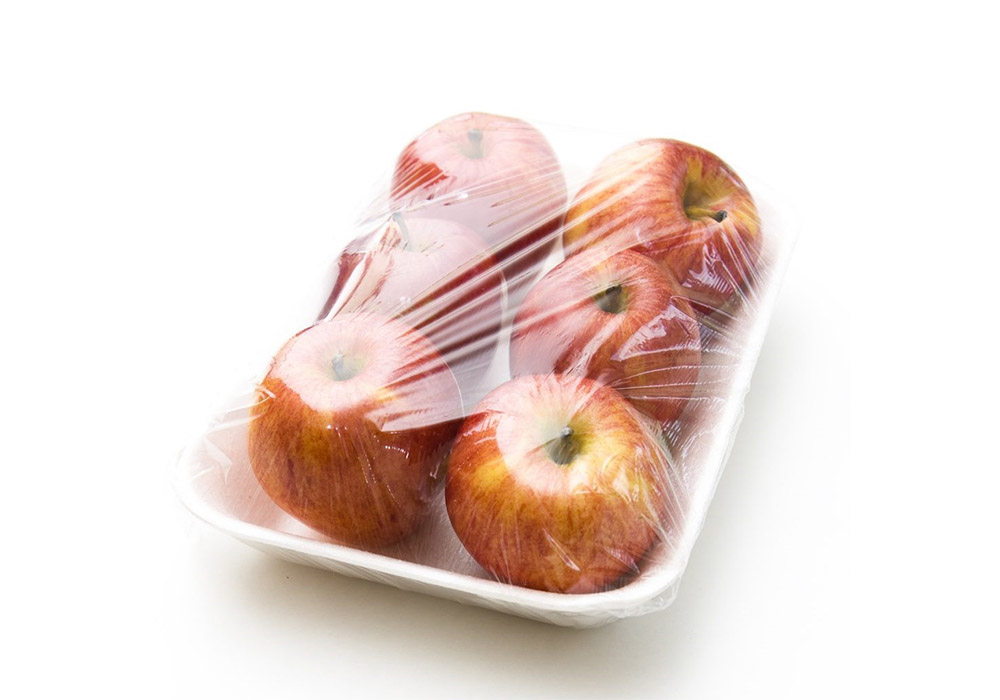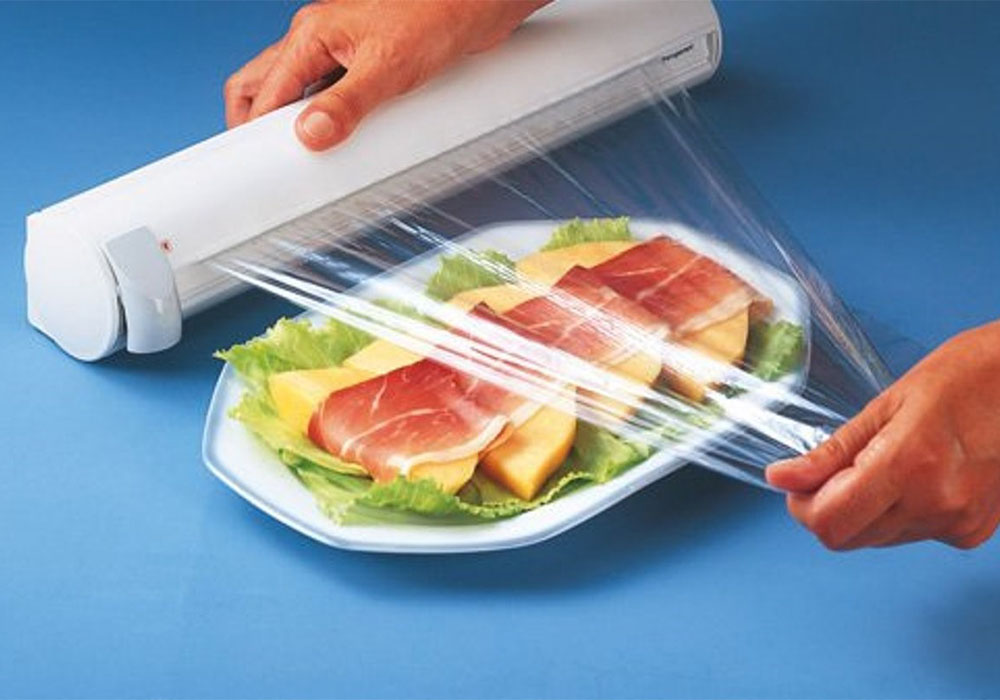What are the significant features of cellophane?

The history of packing cellophane
The packing cellophane is a general term for describing different kinds of materials. Cellophane is a thin plastic which is used for the packing of industrial products and foodstuffs. The plastic packing of the foodstuffs, which is called as shrink film, is a thin plastic for making the foodstuffs inside the utensil waterproof and to stay fresh.
One of the targets of the packing cellophane, is the food industry. This wonderful innovation helps different jobs to reduce the expenditures, increase the maintenance, increase the quality, and reduce the waste of food. The advantages of this packing cellophane, are related to the careers and the customers. In this article, we will discuss about the most significant advantages applications of the cellophane, and you will be more familiar with it.

packaging cellophane
Generally, the packing cellophanes related to the foodstuffs are sold in different rolls and weights. Recently, for easier cut of the cellophane, a cutting blade is embedded in the boxes of cellophane to have a proper cutting.
In 1933, while a laboratory worker named Ralf Willi was working in a chemical company named DOW, could explore the packing cellophane or packing plastic for proper washing of the used glasses for a laundry product. It used in spray mode for warplanes in order to protect them against the possible detrimental particles. At first, packing plastics were made of PVDC. In 1949, a person named Dow Chemical could change the old sprays, and produce the cellophane.
Generally, the packing cellophanes are made of PVC. With the development of the technology, these materials expand in a way that, in recent years, other alternatives of the PVC have been more popular. The most popular choice is named LDPE which is better high-quality in comparison to the older ones. Besides, they are safer to use for humans and are somehow without any possible danger. Of course, in 2004, most of the old materials used for production of packing products, were put aside because of some environmental concerns.
Selection and purchasing of different products of foodstuffs packing
Nowadays, there are different kinds of packing materials available, but choosing a proper packing material has always been a challenge. The packing cellophane is one of the best methods of packing of the foodstuffs, fruits, and vegetables. The main goal of using packing plastic or cellophane, is protecting of materials inside of a utensil during the transportation or maintenance.

food protector
Here we summarize some of the most important advantages of the packing cellophane:
Keeping the foodstuffs fresh:
Although lots of people think that, gathering foodstuffs are unnecessary, the cellophane packing has a significant role in reduction of the food waste. Generally, cellophane prevents oxygen from getting in contact to food which decreases the speed of decomposition, and increases the durability of the wrapped product. When a product is safe, there will be used lower energy for protection and delivery of other products from that type.
The beauty of a product:
One of the key advantages of the packing cellophane, is its transparent view. This means that, fruits and vegetables as well as other materials are being seen while they are wrapped. This will help the customer to assess the quality of the product, and select the best product for himself. In addition, cellophanes can be used for advertisement, and labels can be printed on them. Moreover, it gives the ability for corporations to add important details to the foodstuffs packing while its inside is still clear for the customer.

food protector packaging cellophane
Protection:
As mentioned before, the packing plastic prevent the oxygen to get in contact with the products which ceases the spoiling process. In addition, a suitable packing can keep the product safe against external impurities. During the production and transportation, there are some possibilities of attaching different things to the products to make it improper to use or impossible to sell. A thin layer can prevent this issue from happening. As mentioned before, this would reduce the waste of the food, and it is a good solution for packing from the economical aspect.
Storage:
The available storage space in transportation, is a significant issue. If a material has been wrapped improperly, it would occupy more space in camions and containers. This is not only considered as improper usage of space; it also increases the transportation expenditures which increases the fuel consumption. The packing cellophane causes the product gets wrapped with lowest material. Instead of bulky boxes and utensils, this material minimizes the storage space during the transportation or storage.

food protector packaging
Trustworthy:
One of the most important features of the packing cellophane is being trustworthy. This means that, when you use it, you should not be worry about the spoiling or splashing of the inside materials. Once you cover it with cellophane, you can store them, displace them, and send them for shops to sell.
Efficiency:
Using the packing plastic is relatively cheaper than other products. These cellophanes can easily cover the foodstuffs, and protect them. The most important task of the packing plastic is prevention from spoiling, and making the life-time of the foodstuffs longer.
Economic:
There are a large variety of packing machines with different sizes which are expensive; however, if you are searching for the cheapest and proper way of packing of foodstuffs, you should choose the packing cellophane. These materials can easily pack the foodstuffs without occupation of large spaces. Moreover, these are cheaper and more efficient in comparison with fully automatic machines.

food cellophane
If you think that small packing machines or packing cellophane would benefit your business, why you don’t call with us today? Our experts would be pleased to help you find the opportune solution of your business. Because small packing cellophanes can help you with other industries too rather than foodstuffs.
In Nadipack corporation, we recommend the best and the cheapest services ranged from packing cellophanes to fully automatic shrink packing machines.

